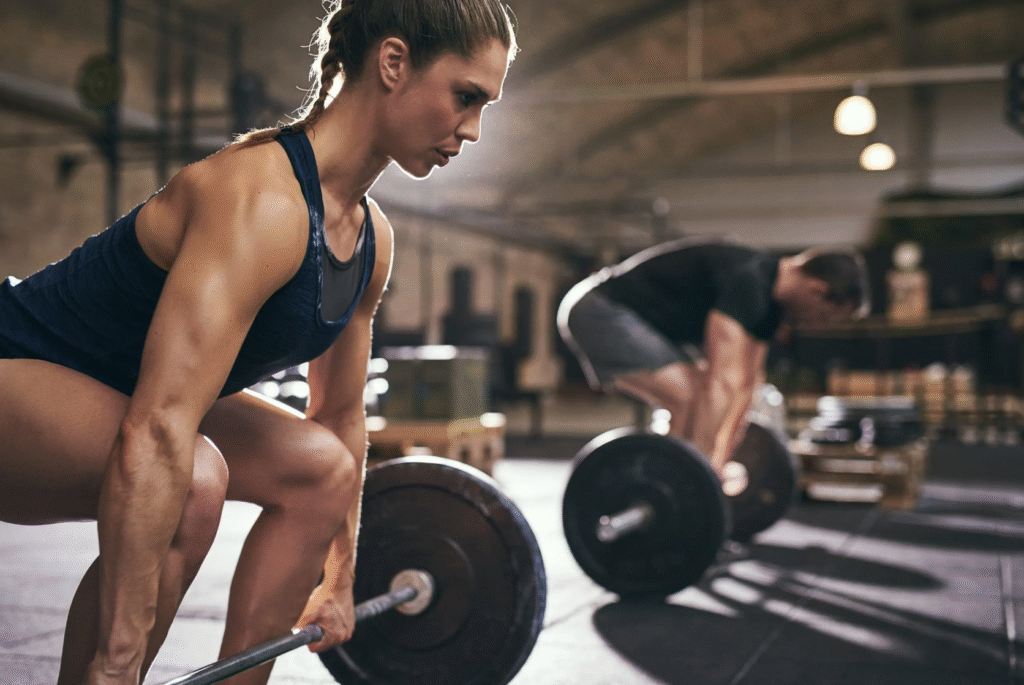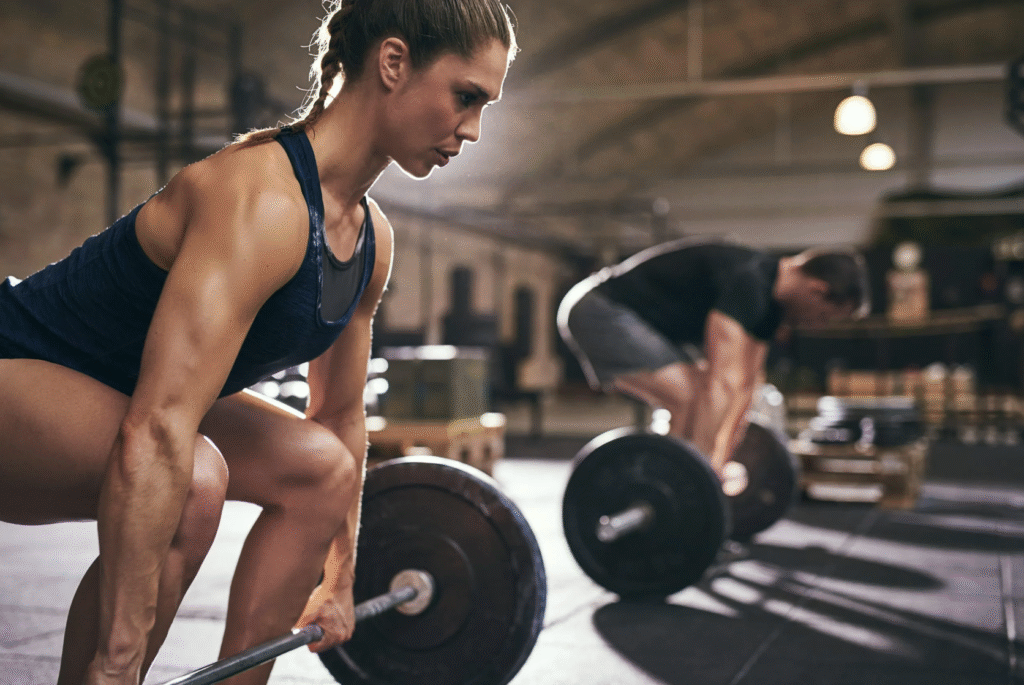Lumbar Lordosis: Why Your Spine’s Curve—and Posture—Matter When Weight Lifting
How to Fix LLumbar Lordosis: Why Your Spine’s Curve—and Posture—Matter When Weight Lifting in The Gym.

Introduction
A few years ago, I hobbled out of a squatting session with lower back pain so sharp, I could barely tie my shoes. Turns out, it wasn’t the weight on the bar—it was my posture. “Lumbar lordosis can be a silent culprit behind persistent back pain, especially in active adults,” says Dr. Tony Nalda, corrective spine specialist. Ever scrutinized your own spine’s curve mid-deadlift?drtonynalda
Let’s dive in!
What Is Lumbar Lordosis?
Lumbar lordosis is the natural inward curvature of your lower spine—a sort of gentle backwards ‘C’ just above your belt line. This curve helps absorb shock, maintain balance, and lets your body move fluidly. When that curve gets too pronounced, though, we call it hyperlordosis. The spine’s curve isn’t just an anatomical quirk; it’s essential for distributing mechanical forces safely when you’re standing, lifting, or (after hours at your desk) just shifting in your chair. (livhospital+1)
Causes and Risk Factors
Bad posture—especially chronic slouching at the office or over your phone—can turn a natural curve into an exaggerated arch. Here’s a quick breakdown of common culprits:
- Sedentary lifestyle
- Weak or imbalanced muscles (think glutes, abs, and hip flexors)
- Obesity putting extra stress on the spine
- Previous injuries or trauma (falls, accidents)
- Certain medical conditions, like osteoporosis or neuromuscular disordersphysiotattva+3
It’s not just about pain—left unchecked, a persistent lordotic curve can lead to mechanical back pain (yep, that persistent, ache-that-won’t-quit kind).pmc.ncbi.nlm.nih
How Spine Curvature Influences Weight Lifting
Spine Curvature and Your Lifts
Let’s talk mechanics: Proper lumbar lordosis acts as a ‘shock absorber’ during deadlifts or squats, distributing force up the spine safely. When your posture slips—say, you over-arch your back or tilt your pelvis way forward—you’re no longer loading your spine evenly. Like an overloaded bridge, uneven curves create stress at the base of the spine, which is prime territory for muscle strains, disc issues, and chronic pain.pmc.ncbi.nlm.nih
Sub-optimal spine curvature also weakens your bracing ability; this means you can’t stabilize heavy loads efficiently—which is just an injury waiting to happen.
Core Concept
Posture Correction—Not Just for Yoga Class
Maintaining optimal posture during weight lifting requires more than the classic “chest up, shoulders back” cue (though it helps). Research has shown that corrected posture—not hyperextension—yields the greatest stability and least risk of injury for the lumbar spine.pmc.ncbi.nlm.nih
Mechanical Back Pain—The Price of Poor Lifting
Ignoring spine alignment with loaded movements can lead to mechanical back pain. Unlike pain caused by disc herniations or fractures, mechanical back pain stems from soft tissue strain or excessive facet joint stress, often worsened by repeated poor lifting posture. The symptoms typically include:pmc.ncbi.nlm.nih
- Localized, dull aching in the lower back
- Tightness around the lumbar region
- Stiffness, especially after prolonged sitting or exercise
Case Study: “Desk to Deadlift—The Unseen Dangers”
Meet Sara, a 35-year-old office manager who trains at her local gym five days a week. Despite being disciplined with her workouts, she was plagued by recurrent low-back pain (the type that radiates after every squat session). After a postural assessment, her PT identified excessive lumbar lordosis and weak abdominal muscles.
Through a targeted strength and stretching program—think glute bridges, planks, and plenty of hamstring mobility drills—Sara reduced her lordotic curve, improved her squat technique, and, most delightfully, said goodbye to her mechanical back pain.
Actionable Takeaways
How can you safeguard your spine curvature and minimize risk of lumbar lordosis and mechanical back pain?
- Check your posture: Use a mirror or record yourself during loaded movements. Look for over-arching or pelvis tilting.
- Strengthen your core and glutes: Prioritize exercises that support neutral spine alignment.
- Stretch hip flexors and hamstrings: Imbalances here can pull your pelvis out of whack.
- Limit sedentary stints: Set reminders to move—your desk job is plotting against your spine.
- Warm up before lifting: Loosen muscles that may restrict movement patterns.
(And if you catch yourself instinctively arching your back to impress that gym crush—maybe just don’t.)
Conclusion
When it comes to weight lifting, your lumbar lordosis isn’t just anatomical trivia—it’s the backbone (pun intended) of healthy, pain-free movement. Respecting your spine’s natural curve, correcting posture both at work and under the bar, and addressing muscle imbalances can help you avoid mechanical back pain and keep progressing, rep after rep.
Lumbar lordosis isn’t just a fancy term—it’s the curve in your lower back deciding whether your gym session is productive or painful.

So What Actually is it? Why Does it Happen?
Lumbar lordosis refers to the natural inward curve of your lower spine. Some curve is healthy; it absorbs shock, supports posture, and lets you move efficiently. But when the curve becomes too pronounced, it can set you up for discomfort, reduced mobility, or injury—especially under a loaded barbell.
Why weight lifting makes it tricky:
– Heavy squats and deadlifts can exaggerate the arch if your core is not engaged.
– Poor hip mobility means your lower back compensates (and not in a good way).
– “Butt wink” or overextension in lifts stresses your lumbar spine unnecessarily.
Expert insight: According to Dr. Stuart McGill, spine biomechanics researcher, “A strong, braced core is the single most effective safeguard against lumbar spine injury under load.” (McGill, 2017)
Posture & Its Role in Weight Lifting

Your posture isn’t just about standing tall—it’s the foundation of every rep you perform.
Why Posture Problems Feed Lumbar Lordosis
If you’re a 9-to-5 office warrior, you’re probably stuck in an anterior pelvic tilt all day. That tilt pushes your hips forward, deepens the lower back curve, and makes it harder to lift with a neutral spine.
Common culprits:
– Weak glutes
– Tight hip flexors
– Core muscles that have clocked out
Fixing posture isn’t an overnight miracle. But with consistent mobility work, strengthening, and—yes—sports massage to release stubborn tight spots, your lifting form improves dramatically.
Live Case Study — From Pain to Personal Best!
Take “James,” a 34-year-old accountant from Manchester who came to my clinic with lower back pain after starting CrossFit. His MRI was clear—no disc issues—yet every squat session left him limping.
What we found:
– Excessive lumbar lordosis from years of poor sitting posture
– Limited hamstring flexibility
– Over-reliance on lower back muscles during lifts
Treatment plan:
1. Sports massage twice a month to release hip flexors and erector spinae tension.
2. Glute activation drills before lifting.
3. Technique retraining with lighter loads to maintain a neutral spine.
Outcome? Within three months, James hit a 140kg deadlift pain-free—and actually enjoyed sitting at his desk again.
Actionable Takeaways
If you’re serious about lifting with lumbar lordosis in check:
Before you lift:
– Warm up with hip mobility drills (leg swings, deep lunges).
– Engage your core before every rep.
– Use a mirror or video to check your spinal position.
Between sessions:
– Book regular sports massage to keep muscles balanced.
– Strengthen glutes and abs (hip thrusts, planks, Pallof presses).
– Stretch hip flexors and hamstrings daily.
Pro tip: Think of your spine as a stack of coins—if one’s out of place, the whole tower wobbles.
Conclusion
Lumbar lordosis isn’t a gym sentence—it’s a biomechanical fact you can manage. With the right mix of strength, flexibility, and recovery strategies, you can lift heavy without wrecking your back. So the next time you load up the bar, ask yourself: Is my posture my power, or my problem?
And remember—sometimes the best lift you can do is your phone… to book that sports massage appointment.
Ready to get personalized relief? Book your sports massage session today and experience neck pain relief firsthand.
Click to book with a Sports Massage Soft Tissue Therapist Today!
https://mysportinjury.janeapp.co.uk/#/staff_member/8
References
McGill, S. (2017). Back Mechanic: The secrets to a healthy spine your doctor isn’t telling you. Backfitpro Inc.
Minick, K.I., Kiesel, K.B., Burton, L., Taylor, A., Plisky, P., Butler, R.J. (2010). Interrater reliability of the Functional Movement Screen. Journal of Strength and Conditioning Research, 24(2), 479–486.
Schoenfeld, B.J. (2010). Squatting kinematics and kinetics and their application to exercise performance. Journal of Strength and Conditioning Research, 24(12), 3497–3506.
Smith, A., & O’Sullivan, P. (2013). Classification of low back pain. Spine, 38(21), 1741–1749.

